
William the Conqueror: The Man Who Made England
Of all the English monarchs, none are as important as William the Conqueror. Not only would he conquer the entirety of England but he would lay the groundwork for what would one day become one of the most influential nations in history.
The Early Years of a King
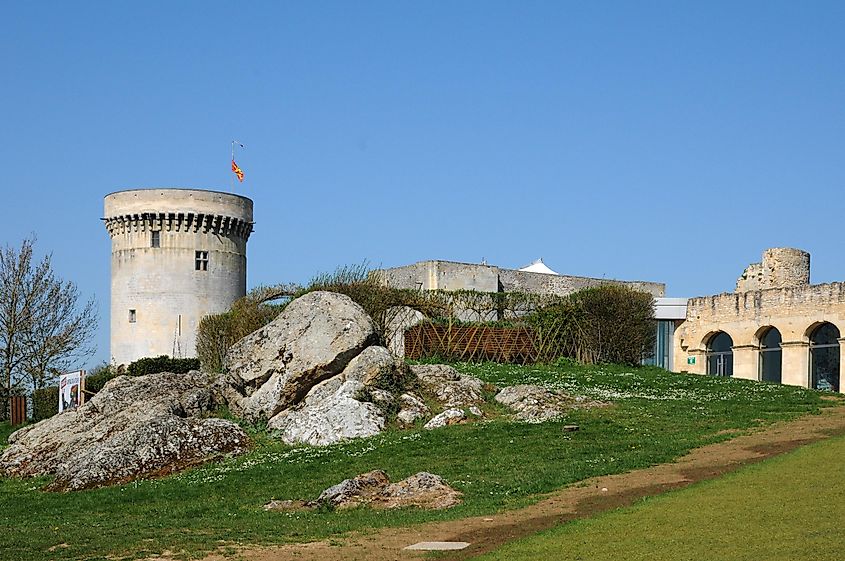
William was born in the French duchy of Normandy in 1028 AD. William was born into the ruling family of Normandy, which lorded over the land on behalf of the King of France Henry I. Although William and his family were not at the top of the food chain at a national level, at the local level they held immense power and influence.
William's childhood was far from comfortable despite his family's relative wealth. His brother died when he was young and William was often accused of being a bastard and therefore unfit to claim the throne of Normandy when he was to come of age. His boyhood was defined by chaos as lawlessness was rampant across the kingdom as other Norman nobles schemed to have the young heir killed or imprisoned.
William survived the attempts to halt his ascension to the throne and, by the age of 15, was knighted and began to involve himself in court politics more directly than before. In 1035, he was officially recognized as the Duke of Normandy.
The first ten years of his reign as duke were rather calm, but this did not last. From 1045 to 1056, William was forced to deal with a series of revolts led by disloyal barrons and nobels. Most of these revolts were spurred on by disagreements over taxes.
During these small-scale wars against his barrons, William proved himself to be an adequate general and brave warrior. Chroniclers often remarked that William fought personally alongside his men during battles. This reputation made William feared by his enemies and adored by his men.
A Cousin Across the Channel
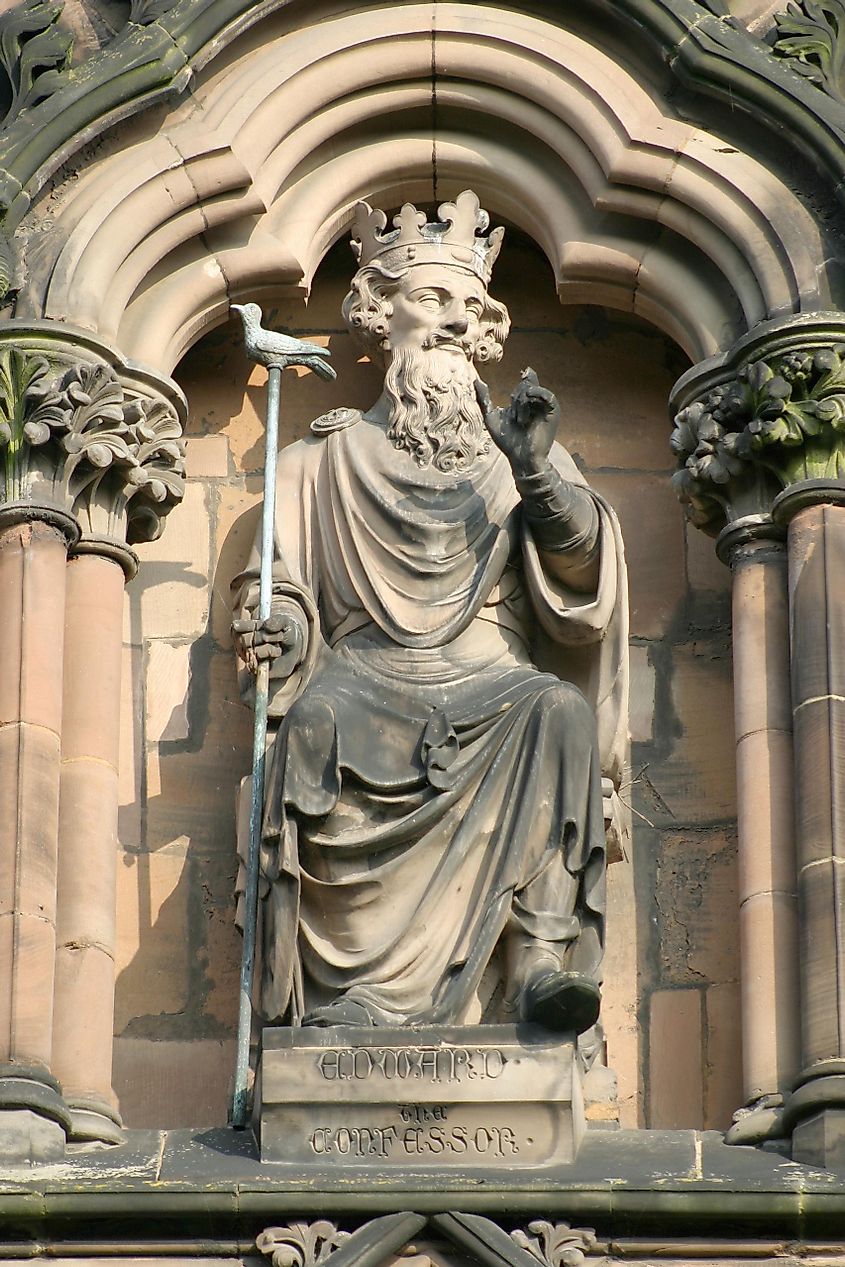
While William was ruling in Normandy, his cousin Edward sat comfortably on the throne of England. Known as Edward the Confessor, his rule over England was largely peaceful and had little turmoil aside from the occasional revolt. However, while Edward was a capable ruler, he was unable to sire any children.
Seeing that he could not produce an heir of his own, Edward was left with no choice but to choose one firsthand. He had many options to pick from. There was no shortage of potential kings in England proper, but Edward's gaze went far beyond his own borders.
Edward and William had a long relationship with one another going as far back as 1041 when Edward was briefly exiled from England and found refuge in William's court. When Edward returned to England, it is assumed that he did so with the military, political, and financial backing of William. Something that Edward had been eternally grateful for.
William was named the heir to the English throne as a result. A decision that remained incredibly unpopular amongst English nobles. Despite their protests, this decision was something that Edward stuck to until his death in 1066. William of Normandy was now legally king of England. At least, that's what he thought.
Godwinson and Hardraade
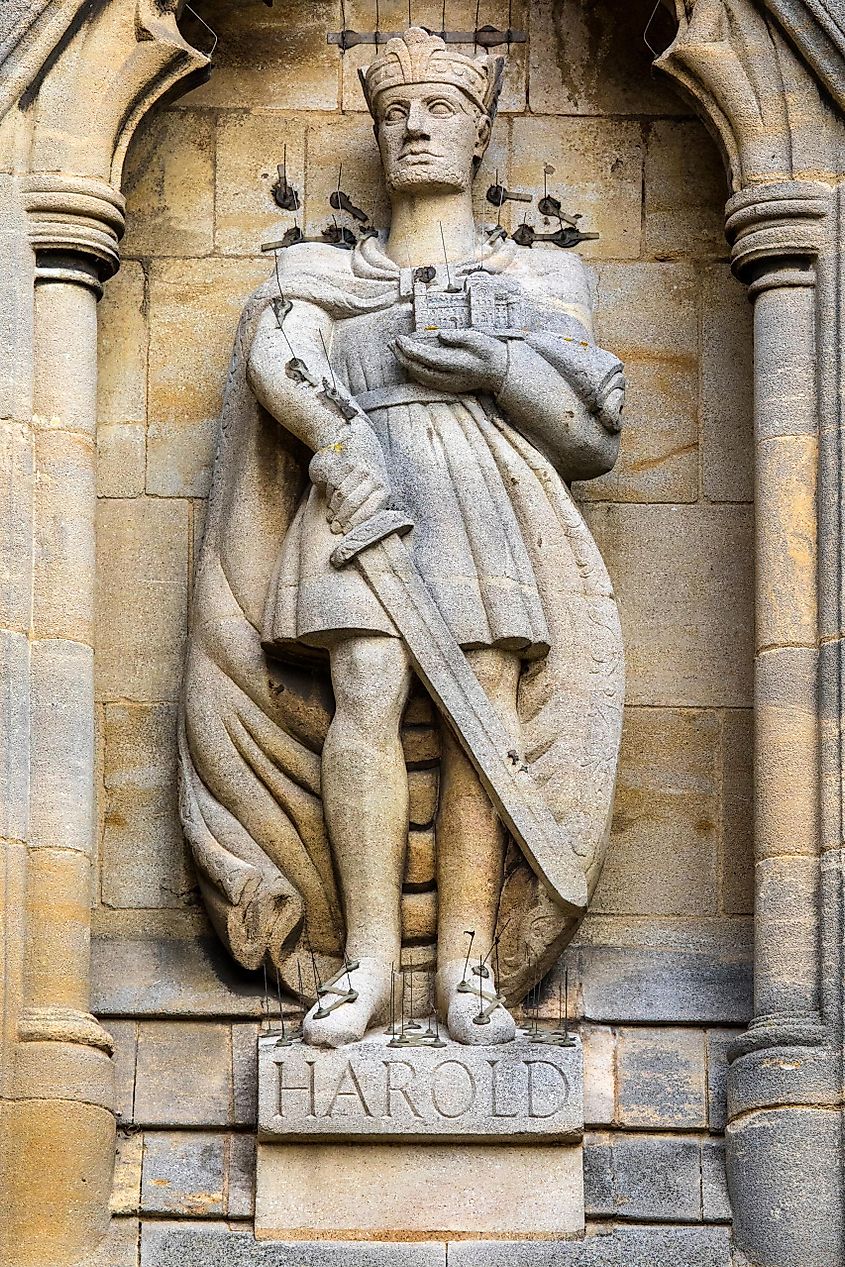
Harold Godwinson, Edward's brother-in-law, had other plans for the throne. When Edward died, Harold took the opportunity to claim the throne for himself, disregarding the wishes of the recently deceased king. With the approval of the Witan, a council of Anglo-Saxon nobles, Harold Godwinson was crowned king.
When William learned of this betrayal, he declared war. William gathered an army numbering 10,000 - 12,000 men and prepared to invade. Harold has expected William to press his claims and assemble a force of his own. However, Harold would not only have to fend off William if he was to keep the throne. He faced a second threat from the Norwegian king, Harald III Hardraade. Hardraade felt he was also entitled to the English crown and landed a large force in Northumbria. Harold raised his army and rushed to deal with the Norwegians before the impending Norman invasion landed in the south.
Harold faced the Norse invaders at the Battle of Stamford Bridge just four days after leaving London. The astounding speed of the English army took the Norwegians by surprise. As the Norse soldiers scrambled into battle, many did so without armor. The Norse army was crushed, and Hardaade was killed in the fighting.
The resounding English victory was short-lived. Only three days after the battle, William landed his army in the south of England. Leaving little choice, Harold marched a now exhausted and beleaguered army back down to London to fight again.
Battle of Hastings
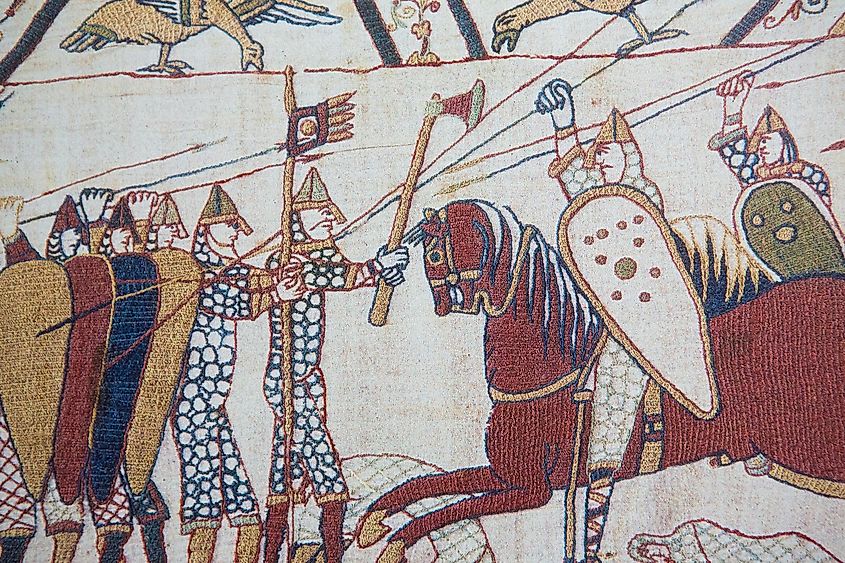
William could not have timed his landing any better. While Harold was distracted by the Norwegians, he capitalized on the moment and landed his army in the south of England without facing any opposition. William led his army north to meet Harold at the town of Hastings on October 14th, 1066.
The English army took a superior defensive position at the top of a ridge. Even though Harold had little in the way of cavalry, he was certain that any attack against his lines would be repulsed by his tightly packed infantry, who had formed a near impenetrable shield wall.
William pushed his men forward against the English formation time and time again, but he could not break them. When William's cavalry was sent into the English spearmen, they were sent running. In this moment of perceived victory, the English soldiers broke ranks and chased down the fleeing horsemen.
Seeing that the battle was now in the balance, William desperately rallied his fleeing men and rallied them to turn and face the now disorderly mob chasing them down the hill. The English soldiers who had given chase were slaughtered.
This happened once again and had similar results. Seeing large swathes of the army being killed and routed, the English lines began to waver. According to Norman's accounts, just as Harold has eased his men's concern, he was struck in the eye with an arrow and killed. In the resulting chaos, the English were routed from the field. William of Normandy was now William the Conqueror.
The New King of England
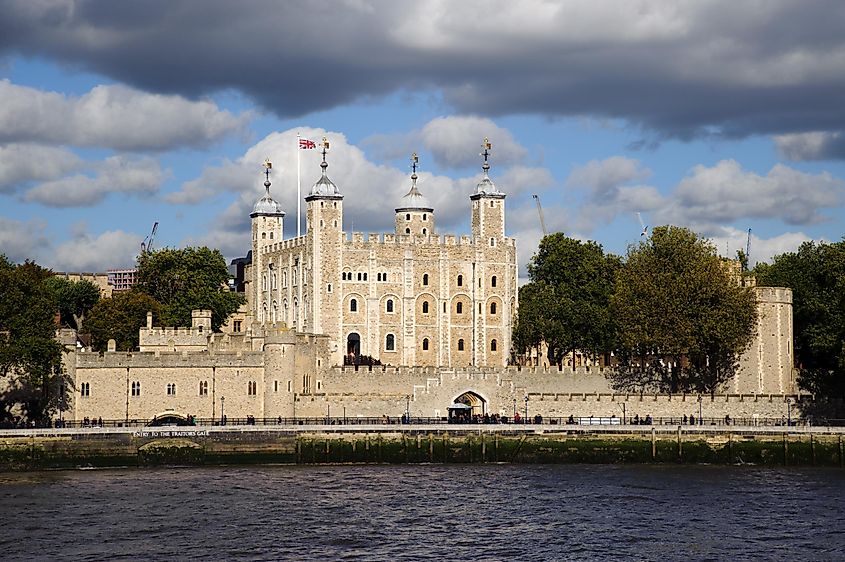
In 1066, on Christmas Day, William was crowned King of England. William's first action as king was to dispose of any English nobles who he felt were disloyal or could not be trusted. William had been ruling for decades at this point in his life and was more than aware of the ins and outs of court politics.
Rebellions did flare up in the years following his conquest, but they were ruthlessly crushed. To consolidate and solidify his rule, he constructed dozens of Norman castles across England, including the now famous Tower of London.
Perhaps one of William's greatest legacies as king was the Domesday Book, a survey of the kingdom's population that included the names and occupations of his subjects. It also went into remarkable detail about each of the counties, towns, and cities' notable features within England.
William died in 1087 while in Normandy. Although his time as king was brief, his rule laid the foundation for modern England.
William the Conqueror is largely remembered today for his stunning military victories and fearlessness on the battlefield. While his ability as a commander is unquestionable, he was much more than just a warrior king.
William was a shrewd and cunning statesman and was able to navigate the ins and outs of court politics at an early age. He conquered England and made significant changes to the social and political landscape by introducing a much more centralized and powerful government.











